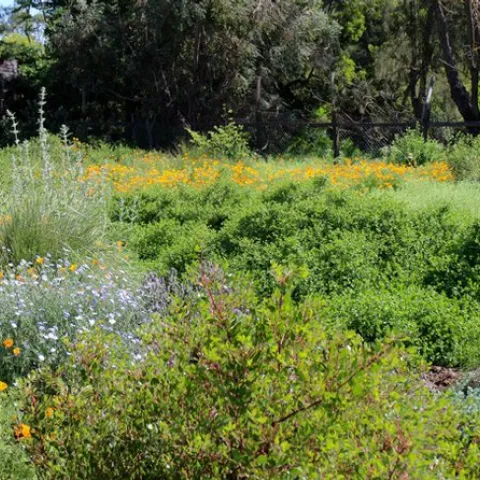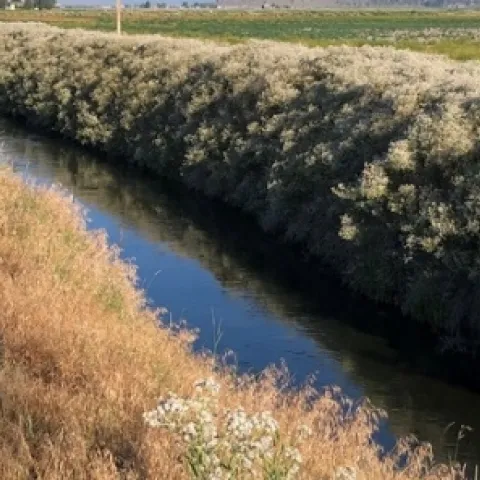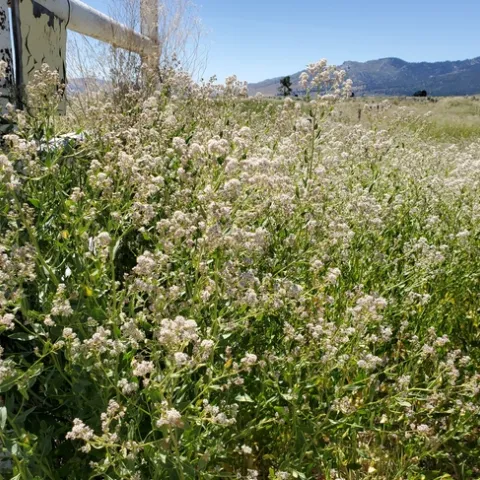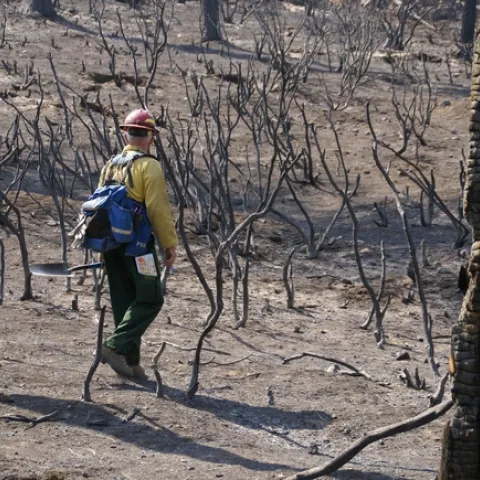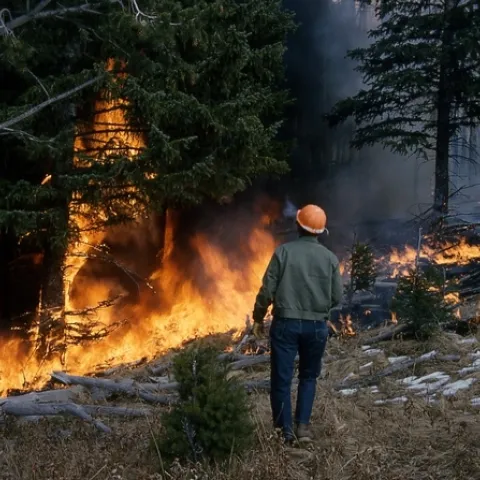Mono
Noxious Weed Alert--Perennial Pepperweed/Tall Whitetop
August 5, 2020
By Thomas J Getts, Robert G Wilson
NOXIOUS WEED ALERT - PERENNIAL PEPPERWEED/TALL WHITETOP
July 29, 2020
By Thomas J Getts, Robert G Wilson
Straight Talk about Starting a Farm in the Eastern Sierra
July 16, 2020
By Dustin W Blakey

